Dual CCD Camera Offers Sophisticated Imaging Capabilities
19th July 2010
Source:
STEMMER IMAGING
The new JAI AD-081GE dual CCD camera provides independent shutter/gain control for each CCD, enabling the camera to capture details in scenes with a wide variation of light intensities, giving enhanced dynamic range and extremely versatile imaging. This new camera is fully GigE Vision /GeniCam compliant and features built in image fusion capabilities for merging the outputs from the two sensors.
Independent control of the shutter and gain for each sensor not only allows the camera to be configured for high dynamic range (HDR) applications but makes it particularly suitable for applications where two extremes of light levels may need to be imaged. Each sensor can be set to give optimum sensitivity for a particular light level. Applications include indoor/outdoor or day/night surveillance, traffic applications, welding, glass inspection, or applications involving lasers or laser grids.
The image fusion routine built into the JAI SDK features three selectable HDR modes which can automatically produce high dynamic range output without any post-processing, with the user simply setting the exposure value of each of the CCDs. In addition, there are a variety of specialised HDR functions and a sample application included in the SDK and Control Tool software. This allows HDR processing to be easily offloaded to a host computer, either to the sample application supplied, or to a customised application built from the HDR functions to suit the specific application.
The two prism-mounted monochrome 1/3” CCDs (1024 x 768 pixel resolution) with monochrome sensitivity in the visible spectrum are aligned to within one-quarter pixel accuracy. This ensures that both sensors have the same field of view and that there are no ghosting or parallax issues when imaging moving objects or scenes.
In addition to the HDR mode, the AD-081GE features a new High S/N mode that automatically averages the video information from the two CCDs to produce a single image with a significantly lower noise component than a typical single-CCD image. This is achieved by interleaving the images from the two CCDs into a single output stream. This enables the camera to operate at an effective 60 fps without any increase in the clock frequency of the camera, thus providing a significantly less noisy image.
The image fusion routine built into the JAI SDK features three selectable HDR modes which can automatically produce high dynamic range output without any post-processing, with the user simply setting the exposure value of each of the CCDs. In addition, there are a variety of specialised HDR functions and a sample application included in the SDK and Control Tool software. This allows HDR processing to be easily offloaded to a host computer, either to the sample application supplied, or to a customised application built from the HDR functions to suit the specific application.
The two prism-mounted monochrome 1/3” CCDs (1024 x 768 pixel resolution) with monochrome sensitivity in the visible spectrum are aligned to within one-quarter pixel accuracy. This ensures that both sensors have the same field of view and that there are no ghosting or parallax issues when imaging moving objects or scenes.
In addition to the HDR mode, the AD-081GE features a new High S/N mode that automatically averages the video information from the two CCDs to produce a single image with a significantly lower noise component than a typical single-CCD image. This is achieved by interleaving the images from the two CCDs into a single output stream. This enables the camera to operate at an effective 60 fps without any increase in the clock frequency of the camera, thus providing a significantly less noisy image.
Similar articles
More from STEMMER IMAGING
- Machine learning and 3D vision at MACH 2018 28th March 2018
- Showcasing machine learning and 3D vision technologies 28th March 2018
- You can now register for free two day event with STEMMER IMAGING 12th October 2017
- Partnership with AL-KO AG secures STEMMER IMAGING's future 7th July 2017


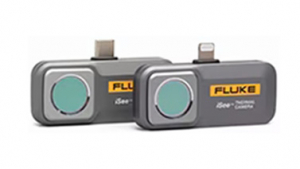
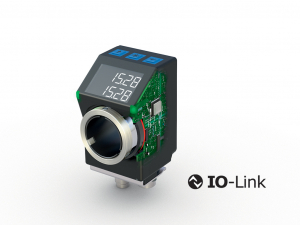
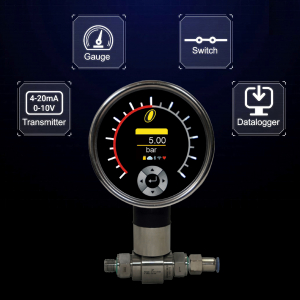
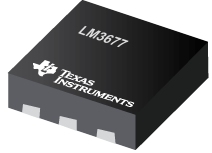

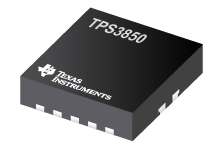
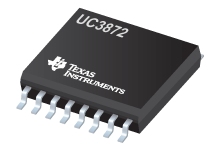

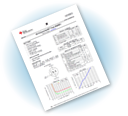

Write a comment
No comments